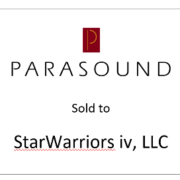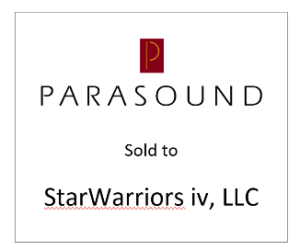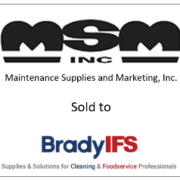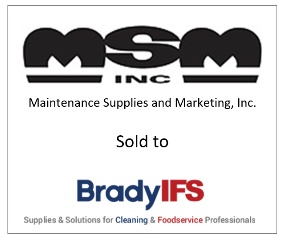Selling a division or line of business is often more complex than selling an entire company. If you’re like most private business owners, you have never sold a business, let alone carved out and divested part of one. This article shares some of what I’ve learned about planning and executing a successful divestiture during my 20+ years of investment banking.
In my experience, most divestitures are intentional efforts to generate liquidity or streamline and strengthen core business operations. Often, the divested unit is underperforming and out of alignment with the company’s strategic direction.
Sometimes the asset to be divested is a distinct business unit with its own P&L and minimal overlap with the selling company’s main business. Other times, the asset is significantly integrated with the company’s primary business and some amount of “disentanglement” is needed before it can be reliably marketed and sold for an attractive price.
Spinning off the business into a standalone entity before a sale might even be necessary. From a buyer’s perspective, stand-alone or near-stand-alone entities are more attractive investment opportunities — because they are easier to value, perform due diligence on, and integrate. And since sellers want the buyer to take on and operate the acquired entity as soon as possible, a presale spin-off by the seller should be given consideration.
An entangled business is more challenging to acquire, and therefore sell, because of the added risk of misunderstanding exactly how the target business functions and the risk of making mistakes in the carveout/integration process. Also, consider that buyers will need to make significant investments beyond the purchase consideration. Plus, the pool of potential buyers is generally much smaller for a significantly entangled business.
When selling an entangled business, sellers must often enter into a Transition Services Agreement (TSA) that extends beyond the sale closing. This is an agreement in which the seller agrees to provide certain services to the buyer to maintain business continuity until the buyer is fully prepared to operate the acquired business.
Before attempting a divestiture, it’s worth having an experienced M&A advisor, business attorney and CPA help you conduct due diligence to assess the value and sale readiness of the assets or unit to be divested, and to identify potential challenges that are likely to arise during the sale process and whether a presale spin-off may be warranted. They will help you see the business through a buyer’s eyes and can help you develop a roadmap and budget for a successful divesture.
The divestiture’s purpose and expected financial benefits to the parent and its shareholders should be clear, and potential risks should be well understood. Your team will need to determine the specific assets and liabilities to be transferred, and each entity’s expected future cash flows. The acquisition costs and incremental investments required of an acquirer must also be estimated to arrive at a justifiable valuation. Sellers may decide to delay a sale to boost the group’s performance and show a track record of results before beginning the sale process.
For the sale process you’ll need reasonably accurate and reliable proforma financial statements. You’ll need to provide figures from the parent company’s books to show a buyer how expenses have been allocated. It pays to be diligent and thoughtful in your preparation. Sloppiness here can lead to no deal and wasted time and money.
Beyond financial considerations, the “separation review” must consider business processes, customers and vendors, equipment, facilities, IT systems, IP, brand and market perception, leadership and governance, tribal knowledge, employee retention and engagement, and more. Acquirers pay a premium when they confidently understand a target business and clearly see how it will fit into their operations, support their strategic goals, and accelerate their future growth.
You’ll also need a strategy for communicating the spin-off and/or divestiture plans to key stakeholders, including employees, shareholders, suppliers, and customers. This will help ensure a successful transition and minimize disruption and potential harm to the business.
In a divesture, think of an M&A advisor as a strategic short-term member of your executive team. They help you develop a winning strategy and manage the entire process — performing financial modeling and valuation, preparing detailed and compelling offering materials, identifying best-fit buyers, conducting buyer outreach, attracting multiple bids and negotiating deal terms, facilitating due diligence, and liaising with attorneys and diligence providers.
All these efforts ensure that the divestiture is completed smoothly and efficiently. Preparation is key. You’d be surprised how challenging it is to maintain deal momentum while still unravelling organizational and operational entanglements.
In conclusion, divesting part of a business is a complex endeavor requiring thoughtful planning and precise execution. Following these steps will increase your odds of closing a deal and achieving your desired outcomes.
Continue the Conversation
Al Statz is president and founder of Exit Strategies Group, Inc. For further information on divesting a business unit or to discuss a potential need, confidentially, contact Al at 707-781-8580 or alstatz@exitstrategiesgroup.com.

















